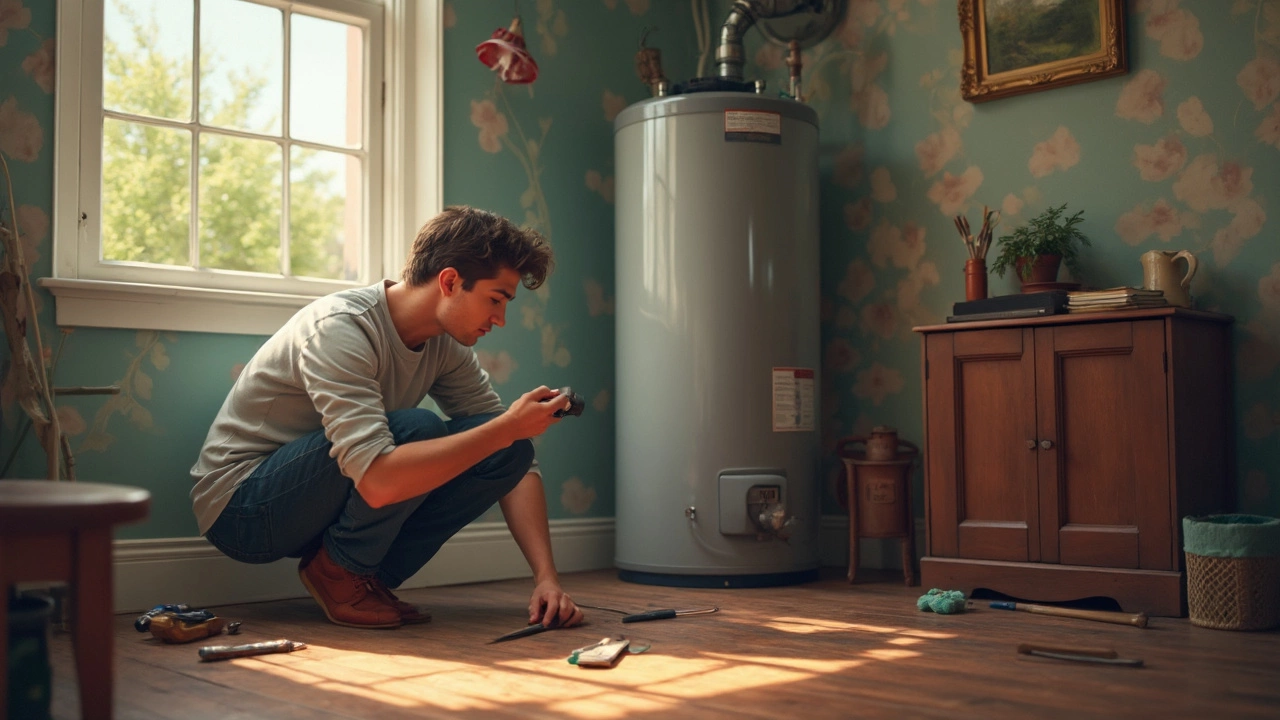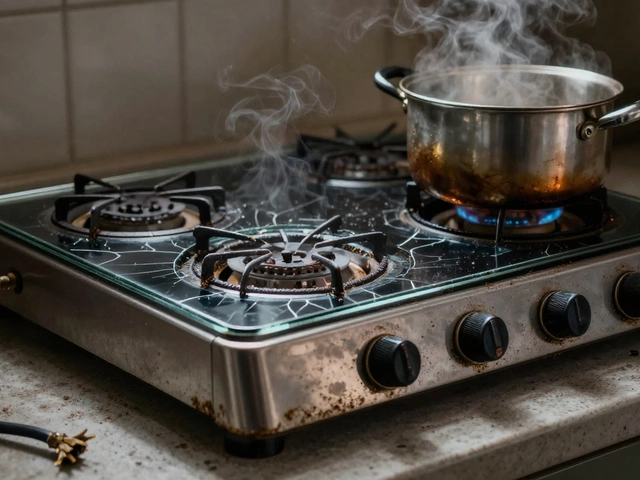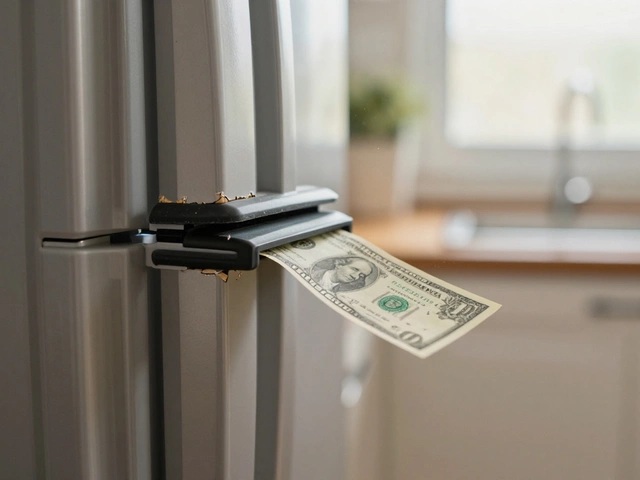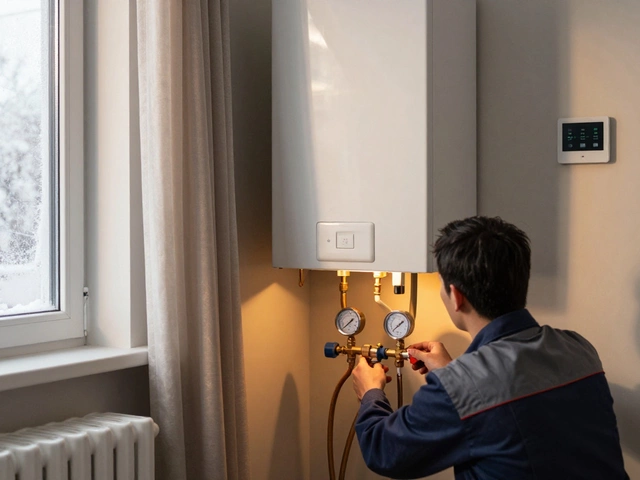Broken Water Heater? How to Get Hot Water Back Fast
If your water heater stopped working, you’re probably staring at a cold shower and wondering what to do. The good news is many problems are simple enough to fix yourself, and even the trickier ones have clear warning signs. Below you’ll find step‑by‑step advice that covers the most common reasons a water heater breaks, how to reset it safely, and when it’s time to call an expert.
Quick Reset and Safety Check
The first thing to try is the reset button. Most electric and gas heaters have a red button on the thermostat. Press it firmly for about 5‑10 seconds; you’ll feel a click and the heater should restart. If it trips again within a few minutes, the heater is likely overheating or has a faulty element.
Before you press reset, make sure the power is off at the breaker or the gas supply is shut. This prevents sparks and protects you from electric shock. Once the power is safe, locate the button (often behind a small access panel) and give it a solid press.
If the reset stays on, let the heater run for a few minutes. Warm water should start flowing from your taps. If you still get cold water, move on to the next checks.
Common Causes and DIY Checks
1. No Power or Gas – Verify that the circuit breaker hasn’t tripped and that the gas valve is open. A blown fuse or a shut‑off valve can look like a heater failure.
2. Dirty or Faulty Thermostat – Over time, dust can build up on the thermostat, causing false readings. A quick vacuum around the unit can help. If the thermostat is old, it may need replacement.
3. Sediment Build‑Up – Minerals from hard water settle at the bottom of the tank and act as insulation, making the heater work harder. Drain the tank once a year: turn off power or gas, attach a garden hose to the drain valve, and let the water flow out until it runs clear.
4. Faulty Heating Element – For electric heaters, a broken element will stop heating water. You can test it with a multimeter; no continuity means the element is dead and must be swapped.
5. Leaking Tank – Look for puddles around the base. A small leak might be a loose inlet valve, but a big leak usually means the tank is corroded and needs replacement.
Most of these checks take less than 30 minutes and can save you a call‑out fee. If you’re comfortable with basic tools, try them before the plumber arrives.
When to Call a Professional
Even if you’re handy, some issues are best left to certified technicians. Call a pro if you notice any of these red flags:
- Repeated reset trips after you’ve cleared sediment and checked the thermostat.
- Strange smells (gas or burning plastic) – this could be a gas leak or a failing burner.
- Rusty or cloudy water – a sign the tank’s interior is rusting.
- Persistent leaks after tightening connections.
- Age over 10‑12 years for a standard tank, or 15‑20 years for a high‑efficiency model.
Professional repair services, like those offered by Weymouth Appliance Repair Services, can diagnose internal failures, replace elements, or install a new, more efficient unit. They also handle gas‑line work safely and can advise on the best replacement based on your household’s hot‑water demand.
In short, start with a reset, check power, clean out sediment, and inspect for leaks. If those steps don’t bring back hot water, don’t gamble with safety—contact a qualified repair person. Getting the right fix now means you’ll enjoy reliable hot water for years to come, and you’ll avoid costly surprises down the road.
What Usually Breaks on a Water Heater and How to Fix It
- Alden Wilder
- Apr 11 2025
- 0 Comments
Water heaters are essential, but they can be frustrating when they malfunction. This article dives into common problems like thermostat failure, sediment buildup, and anode rod corrosion. Learn practical tips on identifying these issues and simple DIY fixes before you call a pro. Discover how regular maintenance can prevent most disasters.
View MoreWhy Has My Hot Water Stopped Working Suddenly?
- Alden Wilder
- Mar 20 2025
- 0 Comments
When your hot water stops working unexpectedly, it can be a real hassle. It's often caused by a variety of issues like tripped circuit breakers or faulty thermostats. Understanding these common problems can help you troubleshoot effectively. Regular maintenance is key to preventing future disruptions. This article explores practical solutions to get your hot water flowing again.
View More





